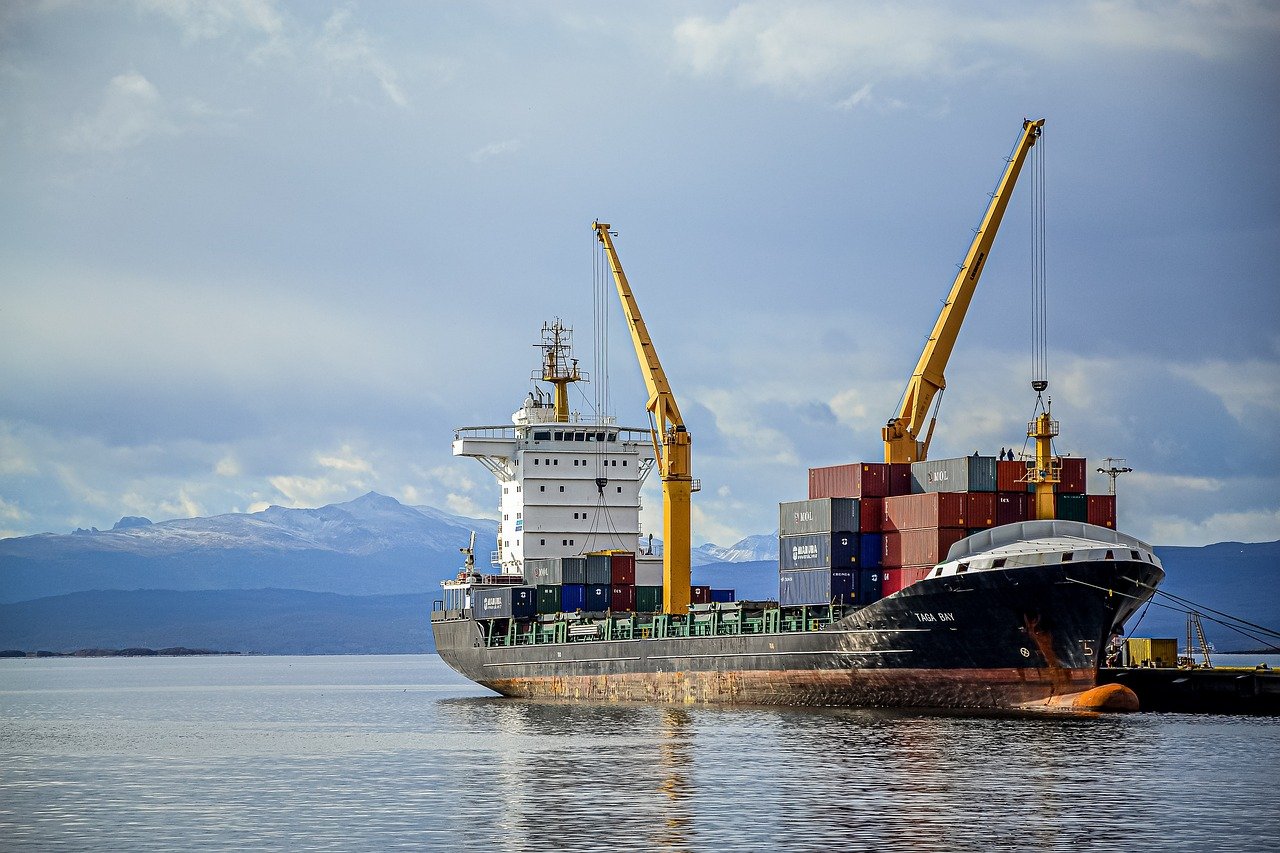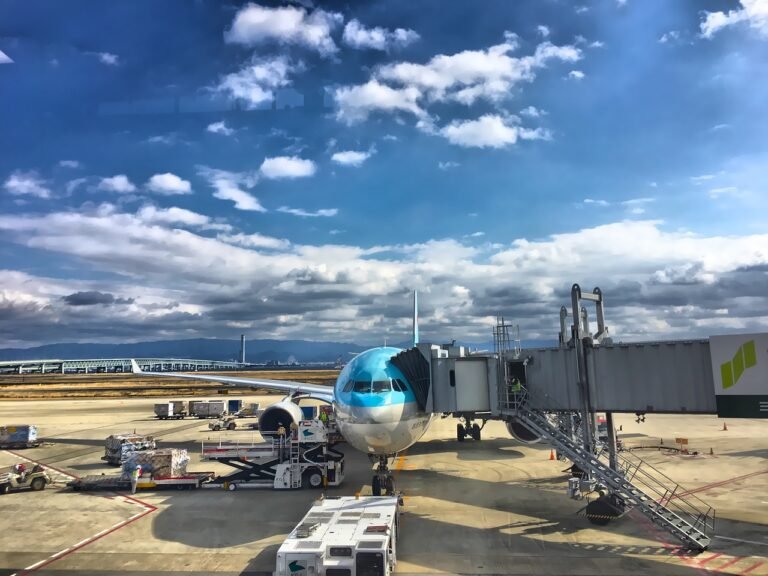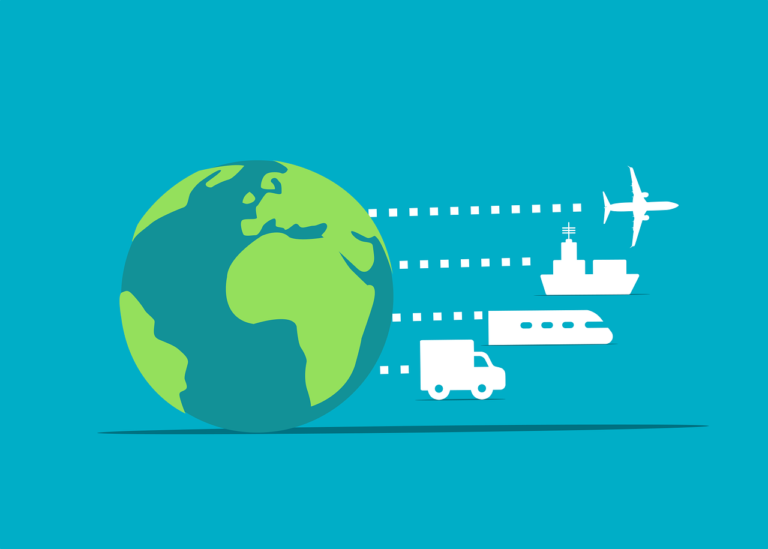
Explore the essential role of ocean freight shipping in international logistics. Learn about the best ocean freight rates, compare 20ft and 40ft container charges, get real-time sea freight quotes, and find reliable ocean freight companies for efficient global shipping solutions.
What Is Ocean Freight and Why Is It Important?
Ocean freight is the transportation of goods via sea routes using cargo ships. It accounts for over 80% of global trade, making it a cornerstone of international commerce. Businesses around the world rely on sea freight shipping to move bulk goods, machinery, electronics, clothing, and more. The affordability and scalability of ocean shipping make it ideal for large-volume transport. Whether you’re dealing with international ocean shipping or regional sea freight logistics, this method offers a practical balance of cost, efficiency, and environmental impact.
Top Ocean Freight Services and Companies in 2024
When it comes to ocean freight shipping companies, names like DHL Ocean Freight, FedEx Ocean Freight, and UPS Ocean Freight dominate the global logistics market. These international ocean freight shipping companies offer end-to-end solutions, including port-to-port and door-to-door services. Trusted ocean freight forwarders manage the entire supply chain from sea container transport to customs documentation ensuring seamless delivery. Whether you opt for LCL ocean freight or full container load shipping, these providers offer tailored services backed by global infrastructure.
Understanding Ocean Freight Rates and Cost Structures
Ocean freight rates are influenced by several variables, including container size, weight, route, and seasonality. For example, ocean freight rates 20 container and ocean freight rates 40 container vary based on origin and destination ports. Additionally, sea freight rates per kg apply to LCL shipments where space is shared. You can use online platforms to get an instant sea freight quote, or contact ocean freight brokers who can negotiate competitive ocean shipping rates. In general, ocean freight cost tends to be lower than air freight, especially for heavy or bulky shipments.
FCL vs LCL – Choosing the Right Sea Freight Option
In ocean logistics, businesses can choose between Full Container Load (FCL) and Less-than-Container Load (LCL) options. FCL is ideal when you have enough cargo to fill a 20ft or 40ft container, offering better security and faster transit. On the other hand, LCL sea freight allows you to share container space, which lowers costs for smaller shipments. This flexibility makes it easier for small and medium-sized enterprises to access global markets through international sea freight without the burden of high shipping charges.
How to Get Accurate Sea Freight Quotes and Estimates
To obtain a reliable sea freight quote or ocean freight quote, you’ll need to provide key details such as cargo dimensions, weight, pickup and delivery locations, and preferred shipping method (FCL or LCL). Many sea freight shipping companies offer digital platforms where you can get ocean shipping quotes in real-time. These tools also help estimate sea freight charges, enabling better budgeting and planning. For companies seeking bulk pricing, working directly with ocean freight carriers or ocean freight forwarding companies can unlock better deals.
Current Ocean Freight Trends and Rate Fluctuations
The current ocean freight rates are affected by geopolitical events, fuel prices, port congestion, and demand surges. Over the past few years, rates have seen sharp fluctuations due to global supply chain disruptions. Whether you’re shipping through UPS Sea Freight, DHL Sea Freight, or other carriers, staying updated on ocean container rates helps you make smarter decisions. Understanding the ocean freight charges list for different destinations also aids in long-term logistics planning.
Ocean Freight Logistics and Supply Chain Integration
Efficient ocean freight logistics is more than just shipping cargo it involves seamless integration with warehousing, customs, trucking, and final-mile delivery. Companies that specialize in sea freight logistics ensure that your goods move swiftly across borders with minimal delays. With the rise in digitalization, ocean freight services now include real-time tracking, predictive delivery timelines, and automated paperwork, all of which improve the overall ocean transport experience.
Why Ocean Freight Remains a Cost-Effective Choice for Global Trade
Despite slower transit times compared to air, ocean freight shipping remains the most cost-effective method for transporting large or heavy cargo internationally. From sea freight shipping costs to rail and air freight comparisons, ocean routes offer scalability that’s hard to beat. Companies looking to ship by sea freight can save significantly while maintaining reliability. With expanding global trade routes and port access, ocean container services will continue to be integral to international logistics.
FAQs About Ocean Freight Shipping
It’s the process of transporting goods internationally via sea routes using cargo ships.
Use online freight calculators or contact companies like DHL, UPS, or FedEx Ocean Freight for customized quotes.
LCL shipping reduces costs by sharing container space among multiple shippers.
Based on container size, cargo weight, distance, and current market conditions.
They’re generally interchangeable, both referring to shipping goods via sea.
Yes, many companies use cleaner fuels and carbon offset programs.
Yes, especially for large-volume or heavy goods.
Rates vary; always check real-time quotes for accuracy.
FCL or Full Container Load is when one shipper uses the entire container.
Basic charges include transportation, fuel surcharge, terminal fees, and customs clearance.
Conclusion
Ocean freight shipping plays an indispensable role in the movement of global goods. Whether you’re managing a supply chain or expanding internationally, partnering with the right ocean freight companies and understanding how sea freight rates work can save you time and money. With improved technology, logistics integration, and competitive ocean shipping rates, this method continues to dominate the logistics world mconnecting continents, driving trade, and supporting businesses of all sizes.






